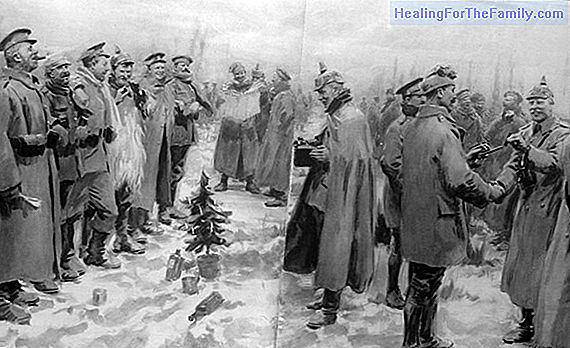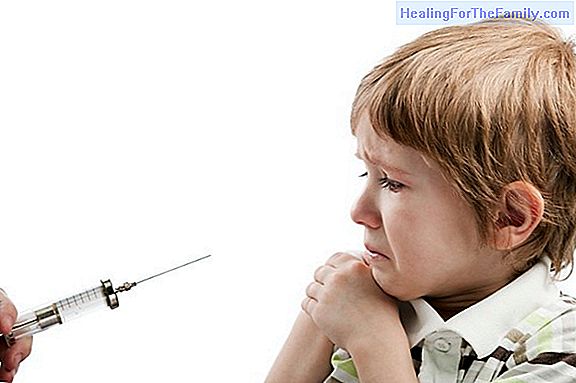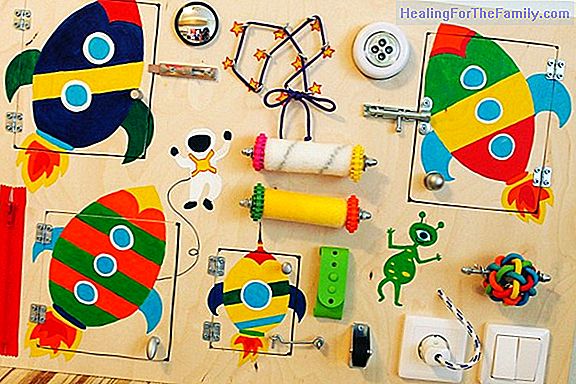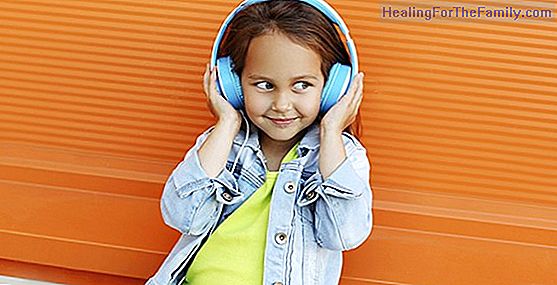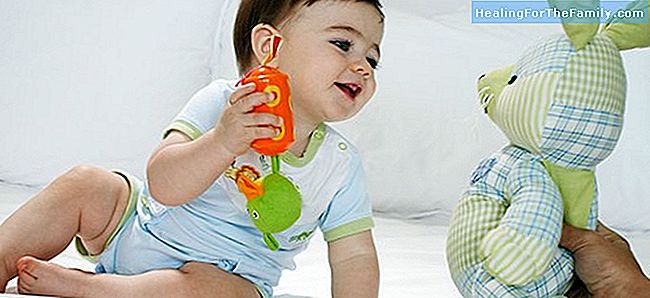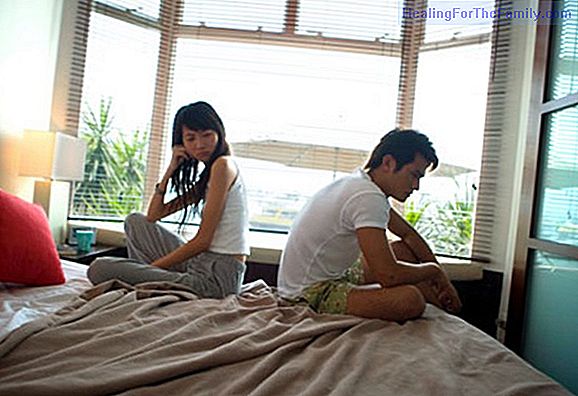Exercises to reduce anxiety in children
Anxiety is not an evil that affects adults exclusively, we know it well. There are many children who suffer from it at different times in their lives and for very different reasons: home school, home changes, exams, extracurriculars, illness or simply the frenetic pace of their day to day. To help r
Anxiety is not an evil that affects adults exclusively, we know it well. There are many children who suffer from it at different times in their lives and for very different reasons: home school, home changes, exams, extracurriculars, illness or simply the frenetic pace of their day to day.
To help reduce anxiety in children there are different exercises that parents can do at home without having to be experts. We highlight the following for its simplicity and ease of application.
3 relaxation exercises to reduce anxiety in children

- Breathe together. Slow, deep breathing helps reduce anxiety, so we suggest you sit or lie next to the child and teach him to breathe slowly and deeply. Doing this exercise will help you imagine the waves of the sea. Tell the child, with a relaxed, soft and calm voice as in each inspiration a wave approaches and you feel as the air enters slowly through your nose, down the throat, fills our lungs and reaches your bellies. On the exhale, when the air is expelled slowly, the wave is removed and your abdomen empties leaving little by little the tension, the nerves and the discomfort. You can ask the child to place a stuffed animal on his belly so he can see how it goes up and down in each breath. This will help you to become aware of your body and the sensations that you will perceive throughout this exercise.
- Breathe with the fingers of the hands. This simple exercise will help us a lot, since with it children will be able to relax at any place and time. It is about teaching the child to inspire and expire as he slowly moves the fingers of one of his hands with the index finger of the other. It will start with the thumb and with the upward movement the little one will inhale gently and deeply, expelling the air as it descends and touches the interdigital space. At this time, another slow deep breath begins until you reach the little finger where you must turn back breathing slowly. In this way we will achieve 10 slow and deep breaths. After them the child will be in a more relaxed and pleasant emotional state. It is excellent to practice at any time but it is before any test or exam.
- Tighten and relax the muscles. This is another classic exercise, very easy and fun to apply with children. It is about tensing and relaxing some muscles of your body as if it were a roaring lion, a turtle hiding in its shell or as if squeezing lemons between your hands.
It is recommended to do all these exercises with closed eyes, but many children find it difficult at first. Important: do not force them to close them if they feel uncomfortable. We should let them get used to it until they are ready.


